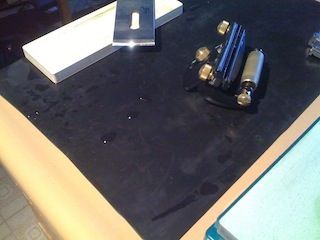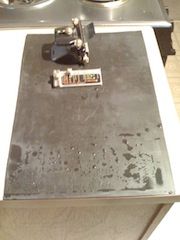I bought some of the Sigmas that Lee Valley carries about 6 months ago and one (10,000) has developed hairline cracks throughout. I epoxied it to some cedar but that has not really helped; i still feel the cracks. It has not been dropped or submerged for longer than an hour. It was left in a garage that got down to like 40 fahrenheit. Any ideas why this happened? It did not happen to the lower grit stones.





 Reply With Quote
Reply With Quote






